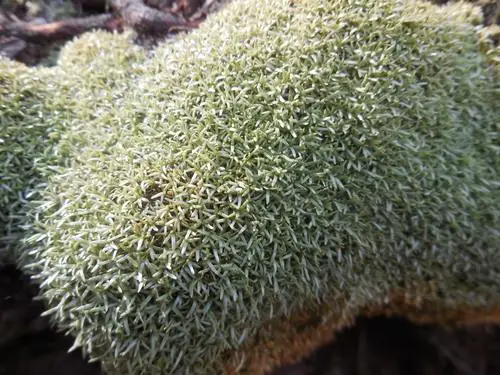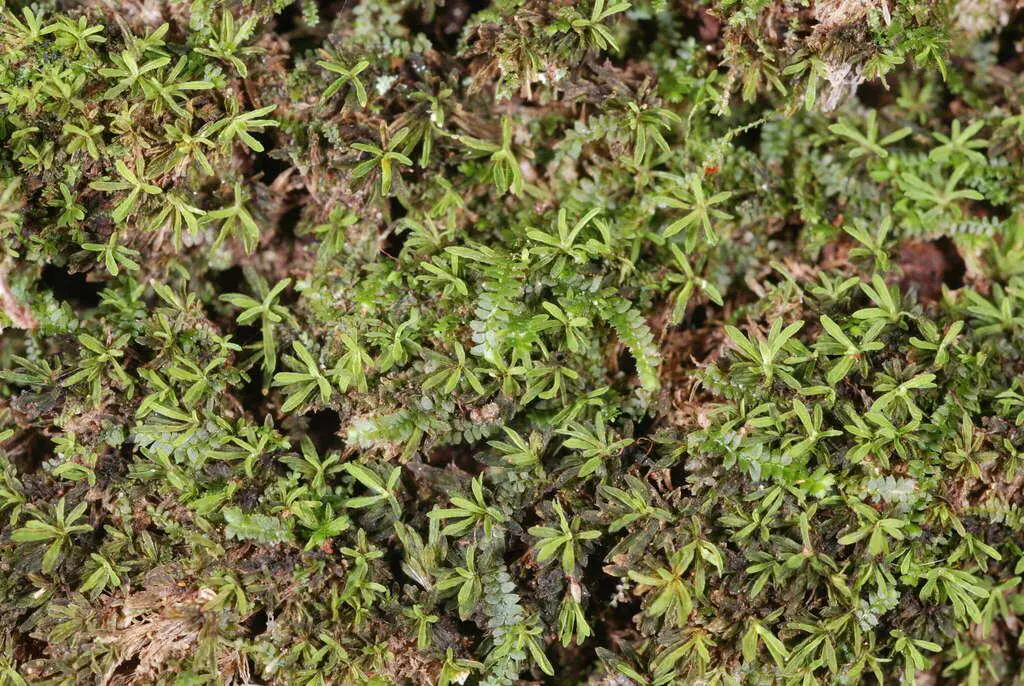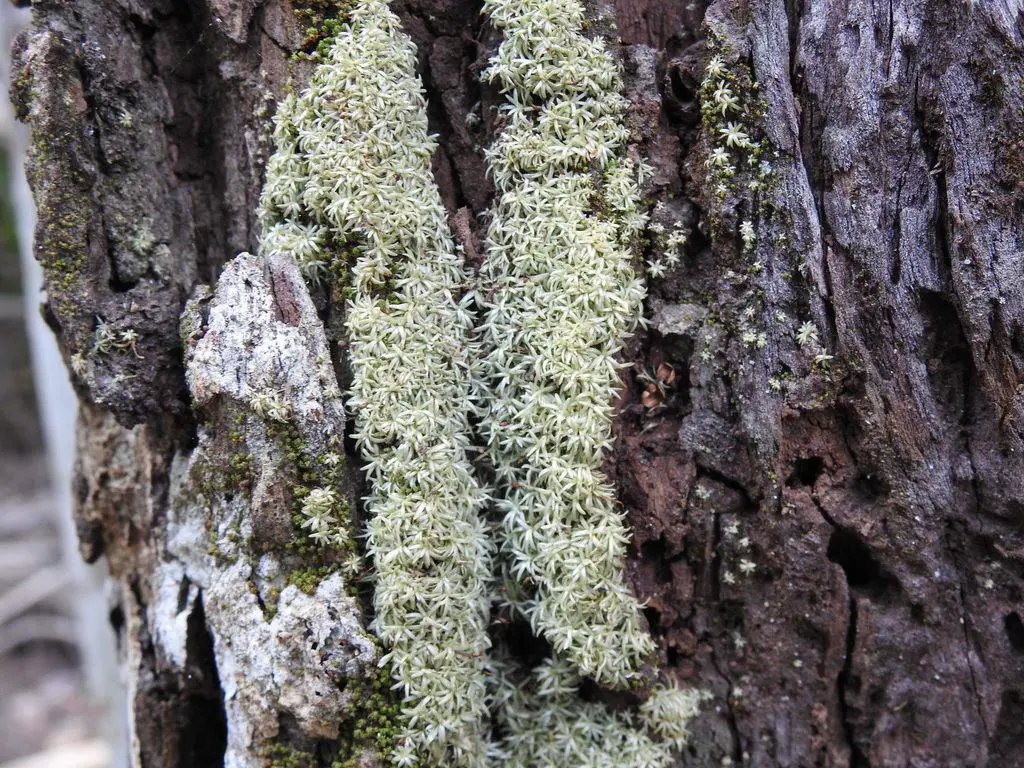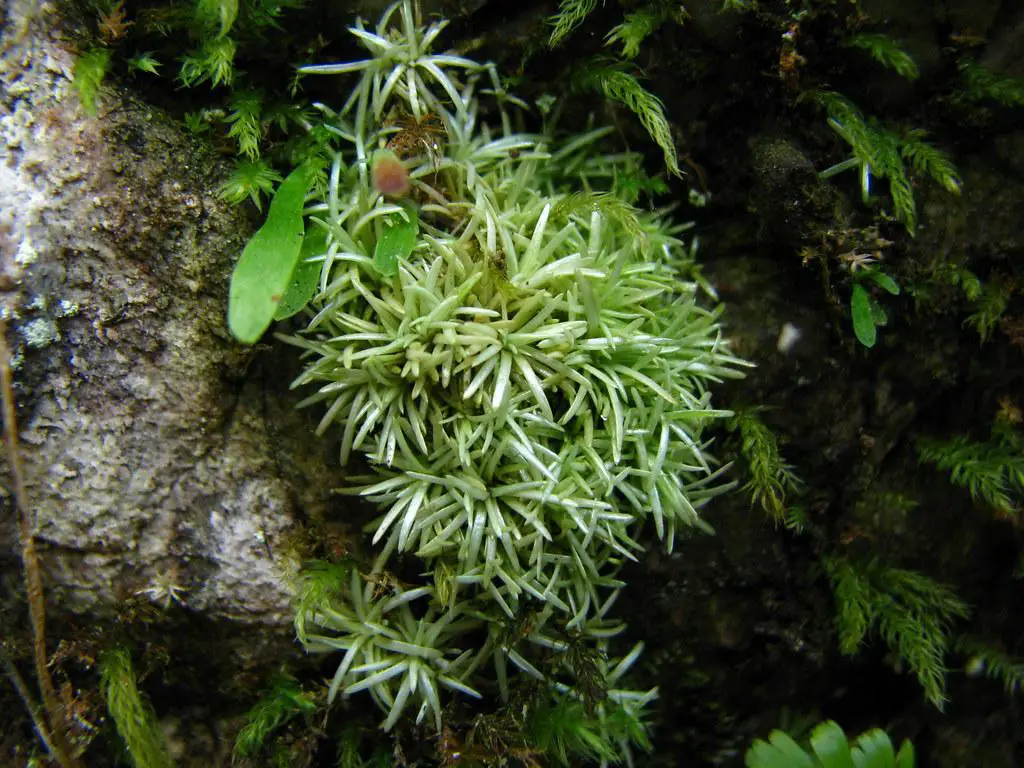Unveiling the Secrets of Octoblepharum dentatum Moss: Morphology, Distribution, and Ecological Significance
Affiliate Disclaimer: As an affiliate, we may earn a small commission when you make a purchase from any of the links on this page at no additional cost to you!

medium.jpg from: https://www.inaturalist.org/guide_taxa/1843864
Exploring the Fascinating World of Octoblepharum dentatum Mitt. Moss
Introduction
Mosses are often overlooked, but they play a vital role in many ecosystems around the world. One particularly interesting species is Octoblepharum dentatum Mitt., a moss in the Calymperaceae family. In this blog post, we’ll dive into the details of this fascinating plant, from its unique morphology to its global distribution and ecological importance.
Background
Octoblepharum dentatum is a species of moss in the Bryophyta division and Bryopsida class. It belongs to the Calymperaceae family, which contains over 400 species found mainly in tropical regions. The genus Octoblepharum

large.jpg from: https://www.inaturalist.org/observations/108033980
gets its name from the Greek words “octo” meaning eight and “blepharis” meaning eyelash, referring to the eight peristome teeth surrounding the capsule opening.

large.jpeg from: https://www.inaturalist.org/observations/152294375
Morphology and Identification
O. dentatum
a-oHlnNlxkt-jCWvQMd_8HkLd_tR4ALUFT_E7N7RvlZxGv8fRNz38HchOrrqkuG74c3oJRmzjDmomidntEeU=s580 from: https://www.projectnoah.org/spottings/676746012
forms loose, pale green to whitish tufts. The stems are short, usually less than 1 cm tall. The leaves are oblong-lanceolate, 3-5 mm long, with a broad, sheathing base and toothed margins near the apex (hence the species name dentatum). The leaf cells are smooth and the costa (midrib) is strong, often extending beyond the leaf tip as a short, hyaline awn.
The most distinctive feature of O. dentatum is its capsule. The capsules are erect and cylindrical, borne on a short seta (stalk). When mature, the capsule is partially covered by a hairy calyptra (hood) and opens via 8 triangular, hygroscopic peristome teeth. These teeth are unique among mosses and make Octoblepharum easy to identify.
Global Distribution and Habitat
O. dentatum has a pantropical distribution, found in tropical regions around the world including Central and South America, Africa, Asia, and Oceania. It grows on a variety of substrates including tree bark, rotting logs, soil, and rocks in lowland to montane forests.
8f33C3mFHtgocyjOe8K1lq9PPpjG4CJfmDBCCWmIvk5sYauB7YaZPmmbWoKiiyuDrMXBIA5VBpUuR2WG2N9v=s600 from: https://www.projectnoah.org/spottings/2016866002
The species is particularly abundant in the Amazon rainforest where it forms extensive mats on tree trunks and branches in the understory. It is also common in secondary forests and even urban areas on roadside trees and walls.
Ecological Roles and Adaptations
Like other mosses, O. dentatum plays an important role in its ecosystem:
- Moisture retention: The dense mats help trap and retain moisture, regulating humidity in the understory.
- Nutrient cycling: It helps capture and cycle nutrients that are washed down from the canopy.
- Microhabitats: The mats provide shelter and microhabitats for various invertebrates and other organisms.
- Substrate stabilization: On rocks and soils, it helps stabilize the substrate and prevent erosion.
O. dentatum has several adaptations that allow it to thrive in its habitat:

5335262172_fd50fc17f1_b.jpg from: https://www.flickr.com/photos/72793939@N00/5335262172/
- The sheathing leaf bases help direct water down the stem to the substrate.
- The hyaline awn on the leaf tip may aid in dew and fog capture.
- The erect, cylindrical capsules help protect spores and regulate spore dispersal.
- The hygroscopic peristome teeth respond to changes in humidity to control spore release in favorable conditions.
Conclusion
Octoblepharum dentatum is a remarkable moss with a unique morphology and widespread tropical distribution. From the Amazon rainforest to your local park, this species plays a small but mighty role in the ecosystems it inhabits. Next time you see a mat of moss, take a closer look – you may be looking at the fascinating world of Octoblepharum! What other secrets do you think these tiny plants hold?
